Polyurethane (PU) Sealant Production Process | JCT Machinery
 Dec 22,2023
Dec 22,2023

 JCT
JCT
Polyurethane ( PU ) sealant is a commonly used sealing material with the characteristics of high temperature resistance, corrosion resistance and wear resistance. It is widely used in construction, automobile, aviation and other fields.
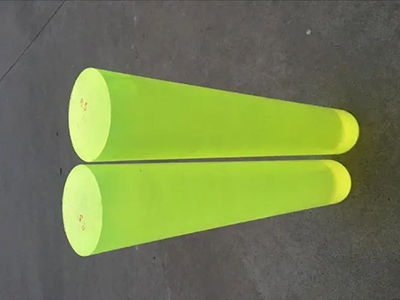
PU Sealant Production Process
1. Preparation of Raw Materials
Main raw materials of PU sealant are isocyanate, polyether, butylene glycol, etc. Isocyanate and polyether are the main components of PU sealant, and butylene glycol is used to adjust the colloidal properties. These raw materials need to be accurately proportioned to ensure the performance of the final product.
2. Mixing and Reaction
Pour the prepared raw materials into the mixing barrel and mix them through the mixing equipment. The time and speed of stirring need to be adjusted according to the specific recipe to fully mix the ingredients. After the mixing is completed, the mixture is put into the reaction kettle for reaction. The reaction temperature is generally between 80-100℃, and the reaction time is adjusted according to the specific formula and reaction conditions.
3. Preparation of Colloid
After the reaction is completed, the colloid is taken out of the reaction kettle and filtered and degassed to remove impurities and bubbles. The filtration and degassing methods can be selected according to the specific situation. Common methods include vacuum degassing and filter filtration. After these treatments, the prepared colloid has a uniform texture without particles and bubbles.
4. Adjust Colloid
Inject the prepared colloid into the glue mixing machine, and change the fluidity and viscosity of the colloid by adjusting parameters such as temperature, pressure and speed to adapt to the sealing needs of different sizes and shapes. The adjusted colloid is uniform and fine, making it easy to use and construct.
5. Packaging and Storage
Pour the adjusted colloid into the sealing rubber tube, seal it and sterilize it. The packaging process requires maintaining a hygienic and dust-free environment to avoid contamination and spoilage. Packaged sealants need to undergo quality inspection. Products that pass the quality inspection are labeled and packaged and stored in a dry, cool and ventilated warehouse to prevent the product from moisture, deformation and deterioration.


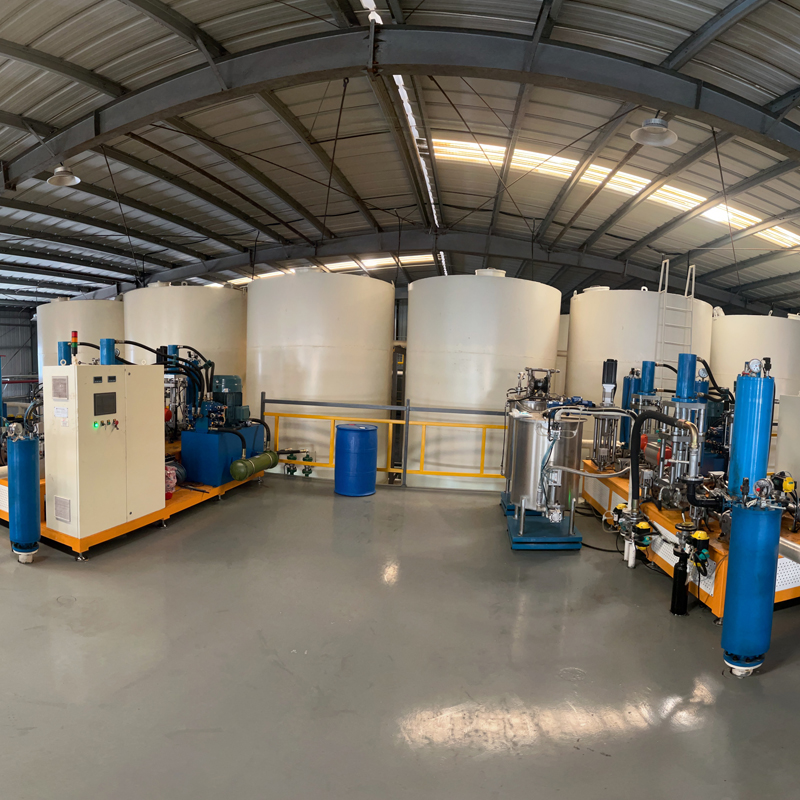
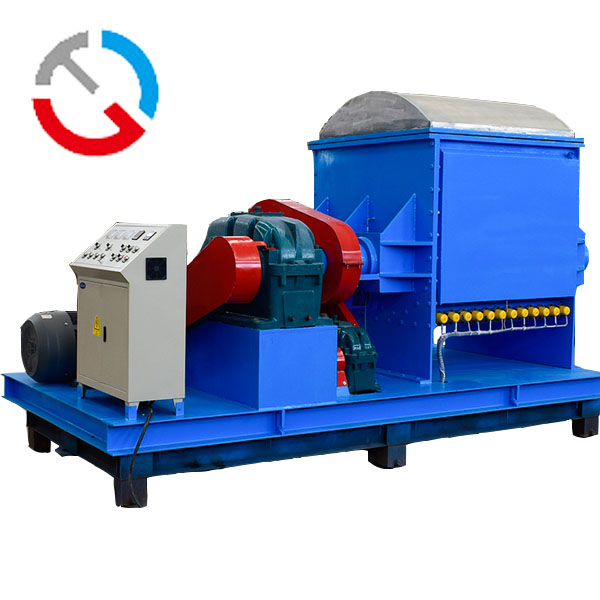
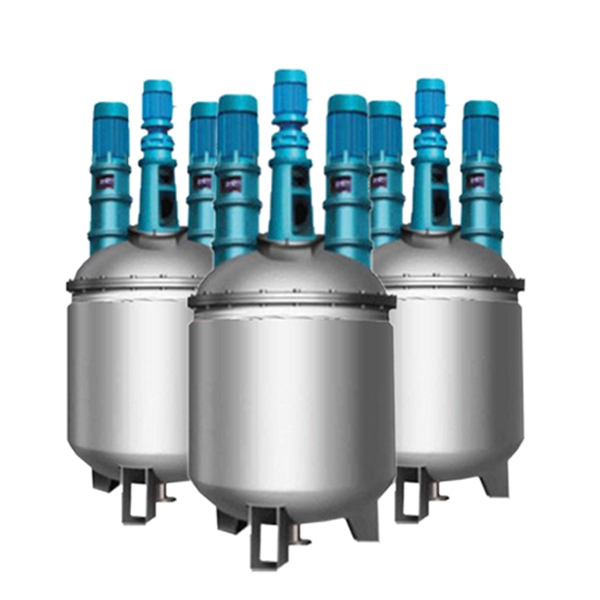
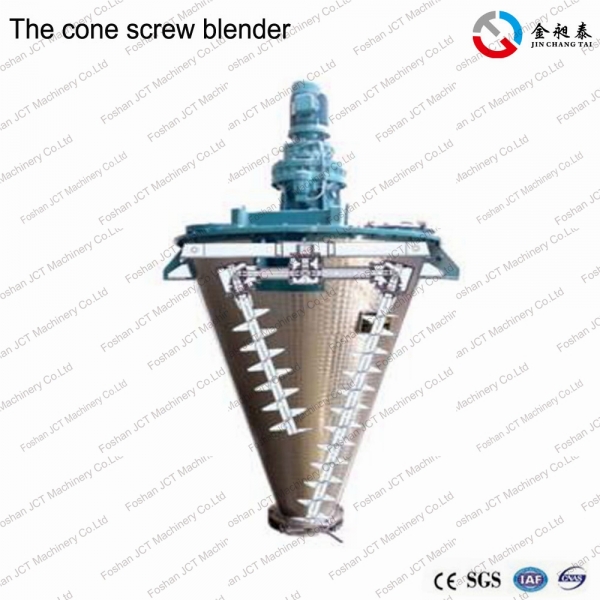
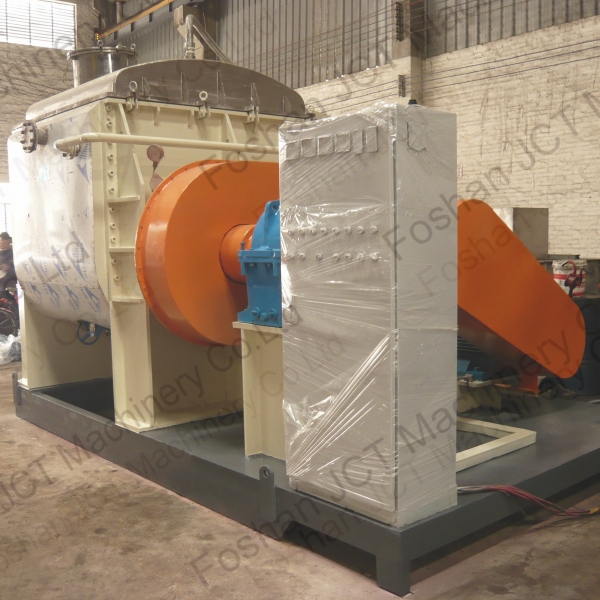
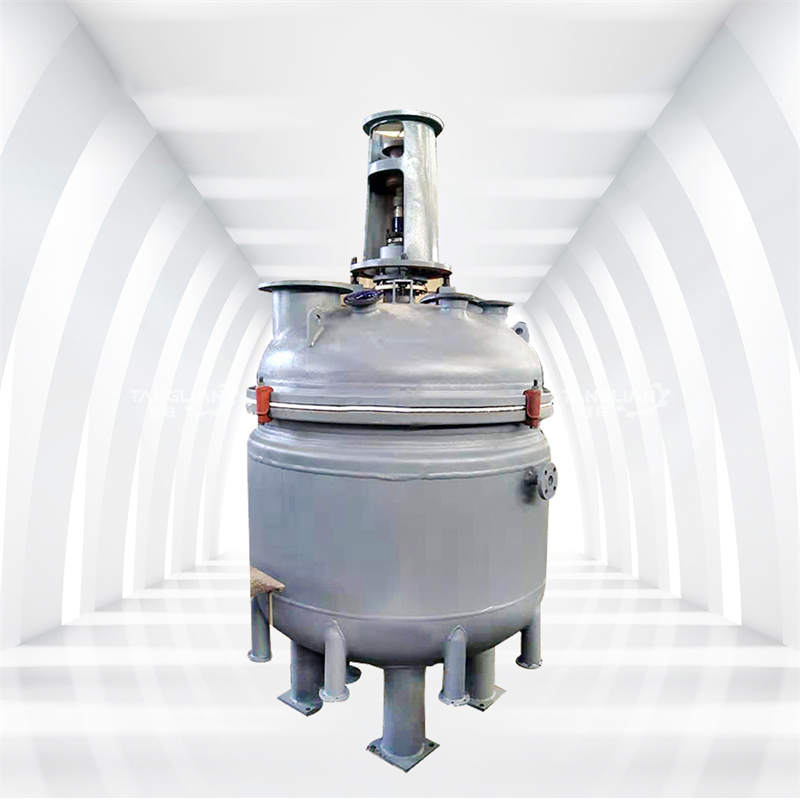
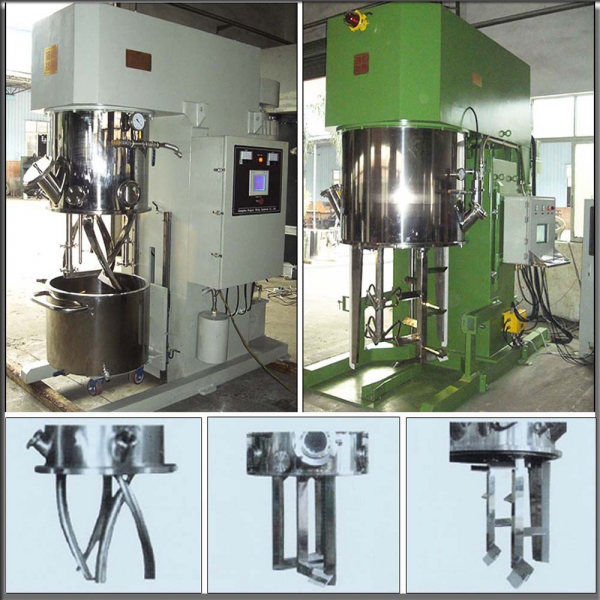


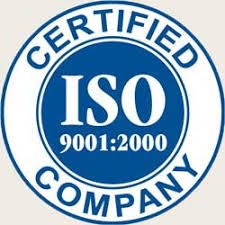


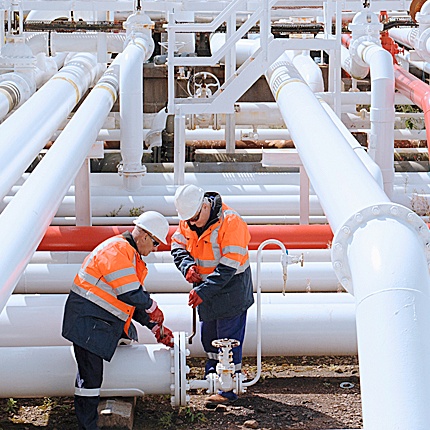
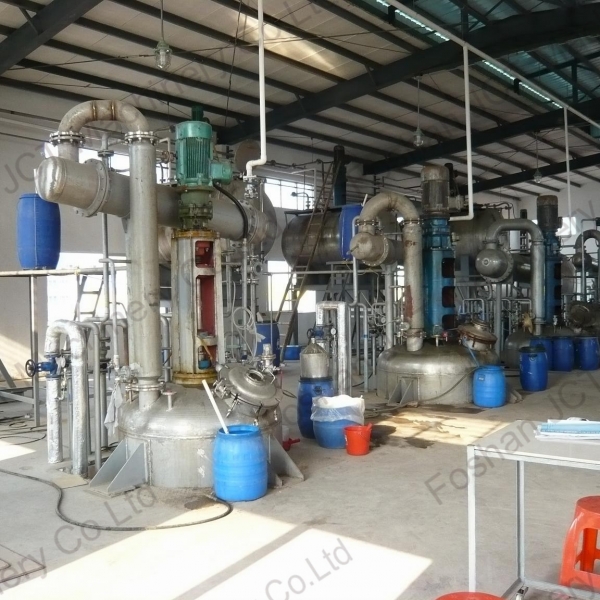
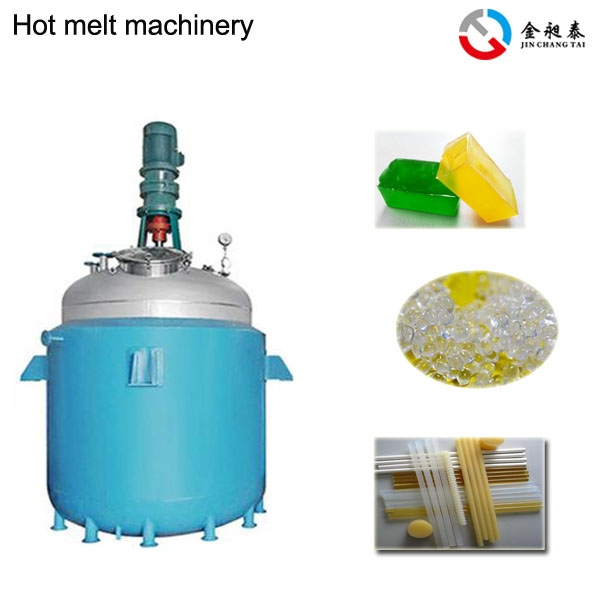
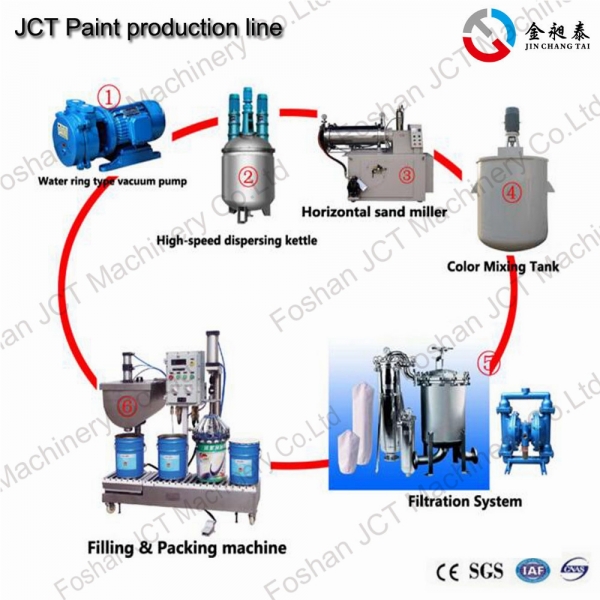
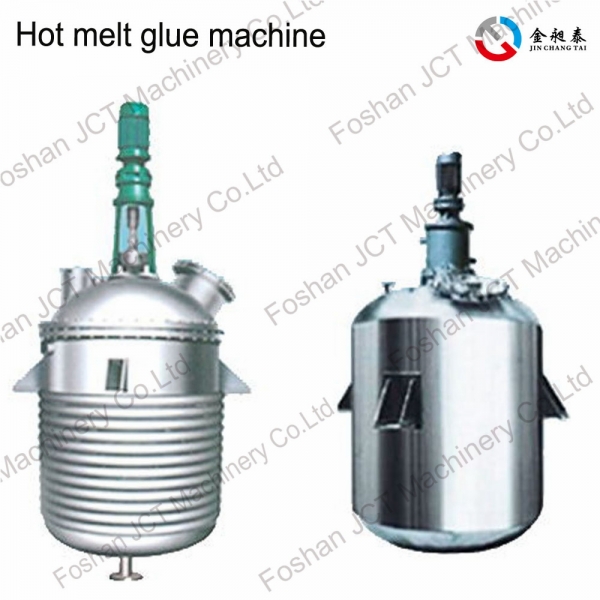
 CN
CN
 HOME
HOME Sigma Mixer Applications Areas | JCT Machinery
Sigma Mixer Applications Areas | JCT Machinery  You May Also Like
You May Also Like
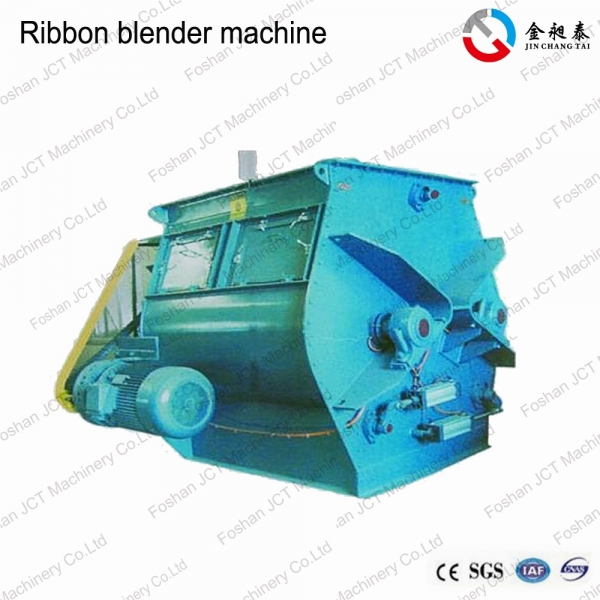

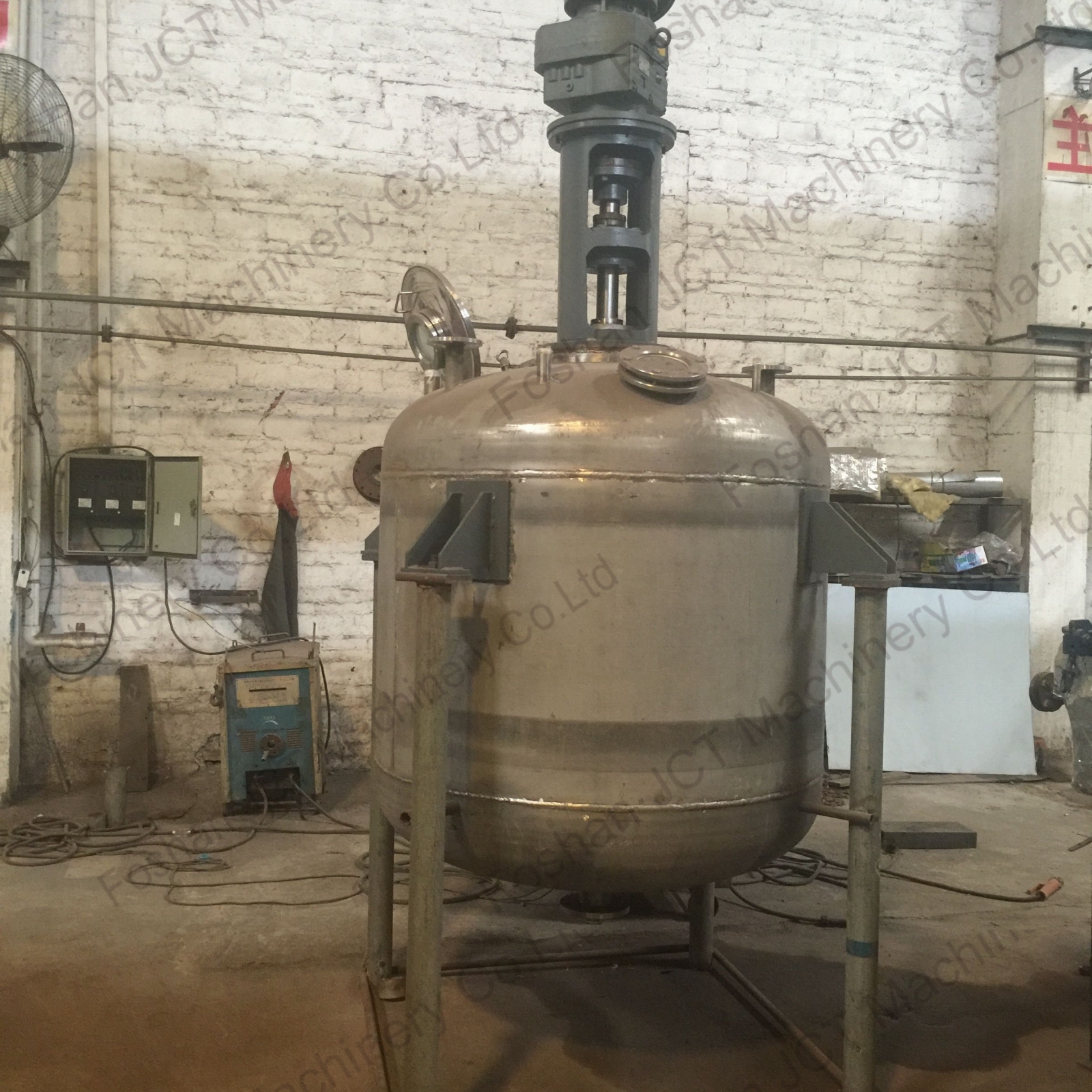
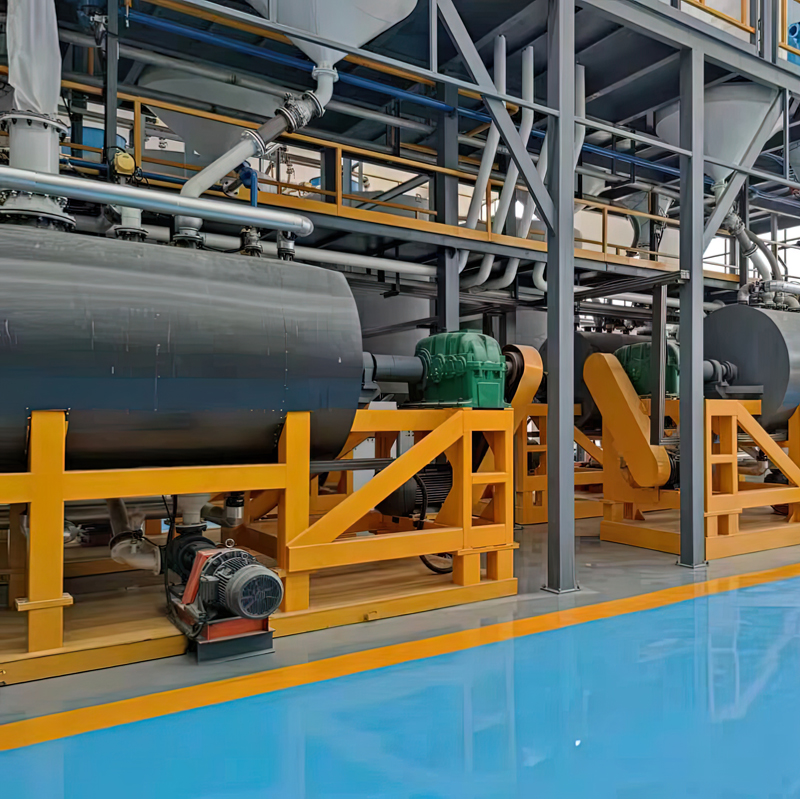
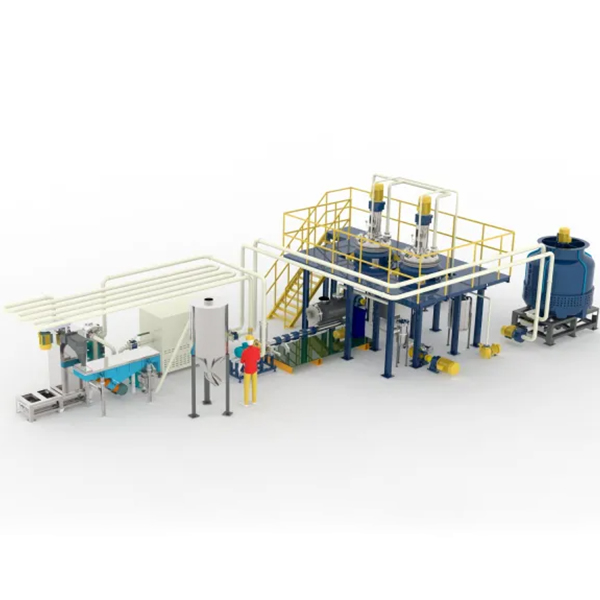

 Tel
Tel
 Email
Email
 Address
Address










